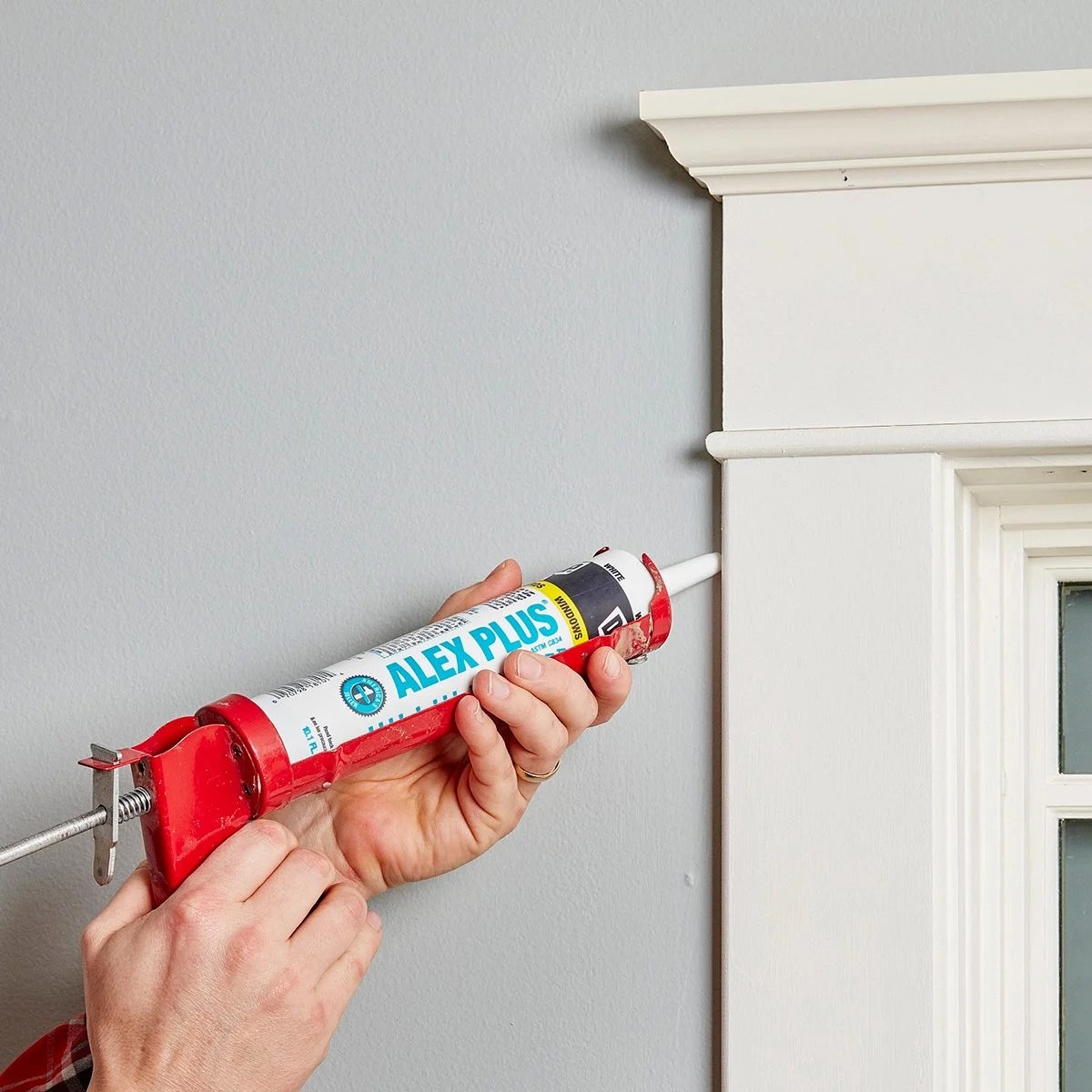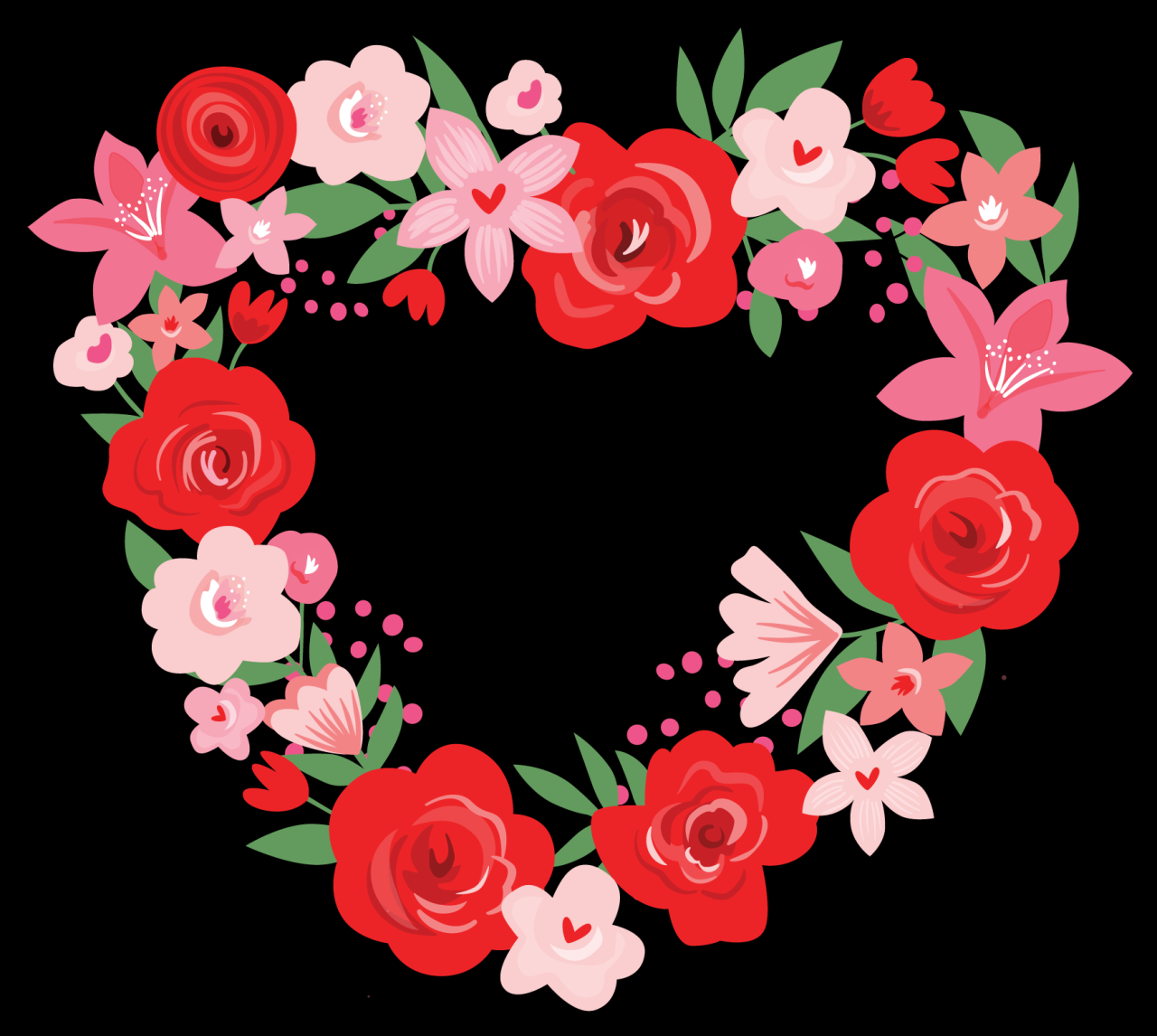Embark on a captivating journey into the world of painted furniture, where artistry meets functionality, transforming ordinary pieces into extraordinary masterpieces. From its humble origins to its modern-day resurgence, painted furniture has evolved into a timeless art form that continues to captivate hearts and inspire creativity.
Throughout history, painted furniture has adorned palaces and humble homes alike, showcasing a rich tapestry of cultural influences. Each brushstroke tells a story, reflecting the traditions and aesthetics of its time. Today, painted furniture enjoys a renaissance, with innovative techniques and materials pushing the boundaries of design.
History and Evolution of Painted Furniture
The origins of painted furniture can be traced back to ancient times, when humans began decorating their belongings with pigments and dyes. Over the centuries, painted furniture has evolved into a diverse art form, reflecting the cultural influences and artistic styles of different eras and regions.
Ancient Origins
In ancient Egypt, furniture was often decorated with hieroglyphics and colorful designs, depicting scenes from daily life, religious ceremonies, and mythology. In ancient Greece and Rome, furniture was painted with intricate patterns and motifs, often inspired by nature or classical art.
Medieval and Renaissance Periods
During the Middle Ages, painted furniture was primarily used for religious purposes, with altars, pulpits, and other церковная furniture being elaborately decorated with biblical scenes and symbolic imagery. During the Renaissance, painted furniture became more secular, with cabinets, chests, and other pieces being adorned with Renaissance-style paintings and decorative elements.
Baroque and Rococo Periods
The Baroque and Rococo periods saw an explosion of painted furniture, with pieces being characterized by elaborate scrolling, gilding, and floral motifs. Painted furniture from this era often featured scenes from mythology, history, and nature, and was often used to decorate palaces and other grand residences.
Neoclassical and Victorian Periods
The Neoclassical period saw a return to more restrained and classical forms, with painted furniture featuring simple lines, geometric patterns, and motifs inspired by ancient Greece and Rome. During the Victorian period, painted furniture became more elaborate once again, with pieces being adorned with intricate carvings, gilding, and floral designs.
20th and 21st Centuries
In the 20th century, painted furniture became more eclectic, with influences from Art Nouveau, Art Deco, and other modern art movements. In the 21st century, painted furniture continues to evolve, with contemporary artists using new techniques and materials to create unique and innovative pieces.
Materials and Techniques
The creation of painted furniture is a multifaceted endeavor that encompasses a diverse range of materials and techniques. From the sturdy foundations of wood to the delicate elegance of glass, each material imparts its own unique character to the finished piece.
Materials
Wood, the traditional mainstay of furniture construction, offers a warm and inviting presence in painted furniture. Its inherent strength and versatility make it suitable for a wide array of designs, from intricate carvings to bold geometric patterns.
Metal, with its inherent durability and sleek aesthetic, provides a striking contrast to the warmth of wood. Whether forged into intricate filigree or cast into solid forms, metal accents can add a touch of industrial chic or timeless elegance to painted furniture.
Glass, with its transparency and light-reflecting properties, introduces an ethereal quality to painted furniture. From delicate glass panels to vibrant stained glass windows, glass elements can create a sense of openness and visual interest.
Techniques
The techniques employed in painted furniture creation range from traditional brushwork to innovative contemporary methods. Brushwork, the cornerstone of painted furniture, allows for a wide range of artistic expression, from delicate brushstrokes to bold, sweeping gestures.
Stenciling, a time-honored technique, involves applying paint through pre-cut stencils to create precise patterns and designs. This method offers a cost-effective way to add intricate details to painted furniture, making it accessible to both novice and experienced painters.
Decoupage, a decorative technique that involves adhering paper or fabric cutouts to furniture surfaces, adds a touch of whimsy and personalization to painted furniture. This versatile technique allows for the incorporation of images, patterns, and textures, creating truly unique and eye-catching pieces.
Tools and Equipment
The creation of painted furniture requires a range of tools and equipment, each serving a specific purpose in the process. Brushes of various sizes and shapes, from fine-tipped detail brushes to wide, flat brushes, are essential for applying paint and creating different effects.
Stencils, available in a multitude of designs, provide a precise and repeatable way to create patterns on painted furniture. Decoupage supplies, such as Mod Podge and scissors, are essential for adhering paper or fabric cutouts to furniture surfaces.
Other tools, such as sandpaper, sanding blocks, and tack cloths, are used to prepare furniture surfaces for painting, ensuring a smooth and professional-looking finish.
Design and Aesthetics
Painted furniture transcends mere functionality, emerging as an artistic canvas that captivates the eye and enlivens spaces. Design elements such as color, pattern, and texture harmoniously converge to create visually stunning pieces that complement any décor. Mastering the art of painted furniture design involves understanding the interplay of these elements and applying them with intention.
Color
Color is the lifeblood of painted furniture, imbuing it with personality and evoking emotions. The choice of colors should not be arbitrary but rather guided by the intended ambiance and the surrounding décor. For a serene and calming atmosphere, opt for soft pastels and neutral hues.
To energize a space, consider vibrant and bold colors. Consider the undertones of colors to ensure harmony with existing elements. For instance, warm undertones complement traditional styles, while cool undertones enhance modern interiors.
Pattern
Patterns add visual interest and depth to painted furniture. Geometric patterns, such as stripes and polka dots, create a sense of order and rhythm. Floral and nature-inspired patterns evoke a touch of whimsy and charm. Choose patterns that complement the shape and style of the furniture piece.
For instance, intricate patterns suit ornate furniture, while simple patterns enhance contemporary designs. Experiment with stencils, freehand painting, or decoupage techniques to create unique and eye-catching patterns.
Texture, Painted furniture
Texture introduces a tactile dimension to painted furniture, adding depth and character. Distressing techniques, such as sanding or antiquing, create an aged and weathered look. Glazing and crackle finishes mimic the patina of time. Consider adding embellishments like moldings, carvings, or metallic accents to enhance the texture and create a truly bespoke piece.
Functional Applications: Painted Furniture
Painted furniture finds its versatility not only in its aesthetic appeal but also in its wide range of functional applications. From storage to seating and display, painted furniture seamlessly blends form and function, adding both style and practicality to any room.
Storage
Painted furniture pieces serve as stylish and practical storage solutions. Cabinets, drawers, and chests can be adorned with intricate designs or bold colors, becoming focal points while providing ample storage space for clothing, linens, and other household items.
Trends and Innovations
Painted furniture continues to evolve, embracing new design trends and technological advancements.Technology has revolutionized furniture creation, enabling intricate designs and precision painting. Laser engraving and 3D printing have expanded the possibilities for customization, allowing artists to incorporate unique textures and patterns into their work.Emerging
artists are pushing the boundaries of painted furniture, experimenting with unconventional materials and color combinations. They draw inspiration from various cultures, creating eclectic and eye-catching pieces that challenge traditional norms.
Influences on Painted Furniture Design
Current trends in painted furniture design reflect a blend of classic styles with modern influences:
- Vintage and Retro:Vintage and retro designs are making a comeback, with furniture featuring bold colors, geometric patterns, and distressed finishes.
- Bohemian and Eclectic:Bohemian and eclectic styles are gaining popularity, characterized by vibrant colors, ethnic motifs, and eclectic patterns.
- Scandinavian and Minimalist:Scandinavian and minimalist designs emphasize simplicity, functionality, and clean lines, often featuring natural wood tones and muted colors.
- Industrial and Rustic:Industrial and rustic styles draw inspiration from raw materials and exposed elements, incorporating metal, wood, and weathered finishes.
- Modern and Contemporary:Modern and contemporary styles embrace sleek lines, bold colors, and innovative materials, creating a sophisticated and up-to-date look.
Technology and New Materials
Technology has played a significant role in the evolution of painted furniture. Laser engraving and 3D printing have enabled precise and intricate designs, while new materials like acrylics and resins offer durability and versatility.
- Laser Engraving:Laser engraving allows for precise and detailed designs to be etched into wood or metal surfaces, creating unique textures and patterns.
- 3D Printing:3D printing technology can create custom furniture pieces with complex shapes and designs, opening up new possibilities for personalization.
- Acrylics and Resins:Acrylics and resins are durable and versatile materials that can be used to create high-gloss finishes, intricate details, and translucent effects.
Emerging Artists and Designers
Emerging artists and designers are pushing the boundaries of painted furniture, creating unique and inspiring pieces that challenge traditional norms.
- Emma Hayes:Emma Hayes is known for her vibrant and eclectic painted furniture, often incorporating bold colors, ethnic motifs, and unconventional materials.
- Mark Hearld:Mark Hearld’s furniture features intricate hand-painted designs inspired by nature, combining traditional techniques with a contemporary aesthetic.
- Max Lamb:Max Lamb’s furniture explores the relationship between form and function, often using unconventional materials and experimental techniques.
Conservation and Restoration
Preserving the beauty and integrity of painted furniture is crucial to maintain its historical and aesthetic value. By conserving and restoring these cherished pieces, we not only safeguard our cultural heritage but also ensure their continued enjoyment for generations to come.Caring
for painted furniture involves regular cleaning and maintenance. Use soft, lint-free cloths to gently wipe away dust and dirt. Avoid using abrasive materials or harsh chemicals that can damage the paint. Regular waxing or polishing can protect the surface and enhance its luster.Restoring
damaged or deteriorated painted furniture requires specialized techniques and materials. Repairs should be carried out by skilled conservators who possess the expertise and experience to ensure the preservation of the original craftsmanship. Techniques used include cleaning, consolidation, inpainting, and retouching, each tailored to address specific types of damage.
Painted Furniture as Art
Painted furniture transcends mere functionality, evolving into a canvas for artistic expression. It elevates the ordinary into the extraordinary, transforming everyday objects into captivating works of art.
Expression of Individuality
Painted furniture serves as a unique outlet for personal style and creativity. Through vibrant hues, intricate patterns, and imaginative designs, individuals can infuse their furniture with their own aesthetic sensibilities, creating pieces that reflect their personality and interior décor.
Examples of Painted Furniture as Art
Throughout history, numerous painted furniture pieces have gained recognition as artistic masterpieces. One notable example is the “Butterfly Table” by Lina Cavalieri, featuring a vibrant butterfly motif painted in intricate detail. Another is the “Peacock Chair” by Thomas Chippendale, adorned with an elaborate peacock design in rich gold and blue hues.
Ending Remarks
As we delve into the intricacies of painted furniture, we discover its versatility as both a functional and artistic element. Whether it’s a vibrant storage cabinet or an elegant dining table, painted furniture has the power to transform any space into a sanctuary of beauty and inspiration.
May this exploration inspire you to embrace the transformative power of painted furniture, adding a touch of enchantment to your own abode.
Questions Often Asked
What are the benefits of painted furniture?
Painted furniture offers numerous benefits, including customization, durability, and the ability to transform outdated pieces into stylish additions to your home.
What materials are commonly used for painted furniture?
Wood, metal, and glass are among the most common materials used for painted furniture, each offering unique advantages and aesthetic possibilities.
How do I choose the right colors and finishes for painted furniture?
Consider the style of your home, the purpose of the furniture, and the desired ambiance when selecting colors and finishes. Experiment with different samples to find the perfect combination.

